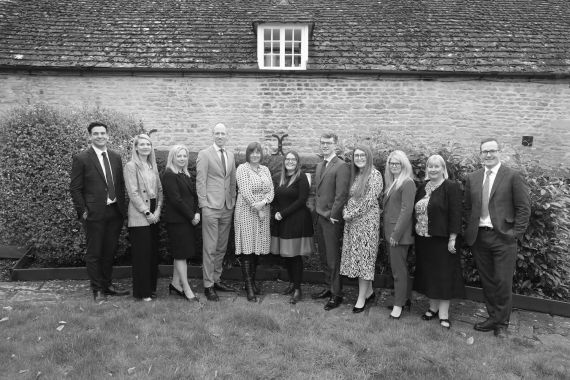Blog

Taxation
Let’s not give Rachel any ideas…

Unless you’ve spent the last few months on some expedition to remote Point Nemo, you can’t have missed the endless Budget kite-flying, the will-they won’t-they on income tax hikes and the swift sweeping under the carpet of Baroness Batters’ Farm Profitability Review.
None of us know quite what Ms. Reeves is going to come up with on Wednesday 26th November and papers are rife with speculation, so we didn’t think it was right to come out with another theory. So, just for ‘fun’ why don’t we look at some of the more obscure taxes of years gone by?
1. The Soap Tax (1712–1853) - Soap was taxed heavily to raise revenue for wars and to cover royal expenditures, nearly tripling the price and turning basic hygiene into a luxury and encouraging soap smuggling! Starting under the rule of Queen Anne, soap-making equipment had to be locked away by tax collectors when not in use, and manufacturers, who also needed a license, had to produce at least one imperial ton per batch, forcing smaller producers out of business.
2. The Hat Tax (1784–1811) – Years before we had the ‘is a Scotch egg a meal’ conundrum during Covid, the big question of the late 18th century was ‘when is a cap a hat?’ The more expensive your hat, the higher the tax, so hat-makers went to great pains to describe a hat as a cap to dodge the tax and keep prices lower for their clientele. Prime Minister William Pitt the Younger introduced the tax to raise revenue following the American War of Independence. It was a progressive ‘wealth tax’, with the logic that richer individuals owned increasingly expensive hats.
3. The Wallpaper Tax (1712–1836) – Another tax introduced in Queen Anne’s war-heavy years, printed wallpaper was taxed at the rate of 1 pence per square yard, this was increased to a shilling by 1809, leading people to buy plain paper and paint designs on it themselves. The government then tried to mitigate this tax evasion by taxing painted wallpaper too, but enforcement proved understandably impossible.
4. The Windows Tax (1696–1851) – You’ve probably heard of this one: houses were taxed based on the number of windows. This led to people bricking up windows to avoid paying, which led to dark, unhealthy homes and the phrase “daylight robbery” - though the phrase likely came later, the connection sticks. Conversely, properties with windows left, right and centre were the Rolex Daytona of yesteryear – a great big literal window into the size of your bank balance!
5. The Glass Tax (1746–1845) – Under George II’s reign glass was taxed by weight and size, making large windows and glassware luxuries. It pushed glassmakers to invent weirdly shaped products to reduce tax liability and led to an exodus of glassmakers, many of whom moved to Ireland in Cork. The Penrose Family opened the first glassmaking factory, Waterford Crystal, in Waterford in 1783, where their crystal was immediately recognized for its clarity and purity.
6. The Clock and Watch Tax – 1797-1798 - This was introduced in 1797 to raise money for the war with France. Implemented by Prime Minister William Pitt the Younger, it was deeply unpopular due to its high rates (5 shillings on a clock, 10 on a gold watch, and 2 shillings 6 pence on other watches) and was quickly repealed after nine months.
7. The Funeral Tax (1780s) – The Stamp Duties Act imposed a tax of 3d (old pence) on every entry in parish registers for baptisms, marriages, and burials. It came into effect on October 1, 1783, and was intended to help raise revenue to pay for the American War of Independence. Paupers were exempt, but their graves had to be marked with a wooden, not stone, plate so inspectors could check.
8. The Dog Tax (1796–1882) – Another tax introduced to raise revenue for the war with France and to reduce the number of dogs in the country. It was very contentious and sparked public debate and protests about whether dogs were a luxury or a necessity. The tax was tiered depending on the dog's breed and the owner's ability to pay, with higher fees for hunting breeds and the first dog of certain types, and a lower fee for a single pet dog owned by those who paid the inhabited house tax. Sheepdogs were exempt!
Our directors, Emma Wilcock and Richard Jones have each worked in financial services for over 20 years alongside a dedicated and growing team including fellow Chartered Financial Planner, Joe Moricca MSc FPFS, to support a range of clients with their financial planning.
We understand the importance of remembering your long term financial goals and work closely with our clients to ensure that we factor any regulatory changes into the plan whilst keeping your priorities on-track.
If you’d like to book an appointment, please call 01832 279170 or fill in our contact form.
The levels and bases of taxation, and reliefs from taxation, can change at any time. The value of any tax relief depends on individual circumstances.
SJP Approved 25/11/2025